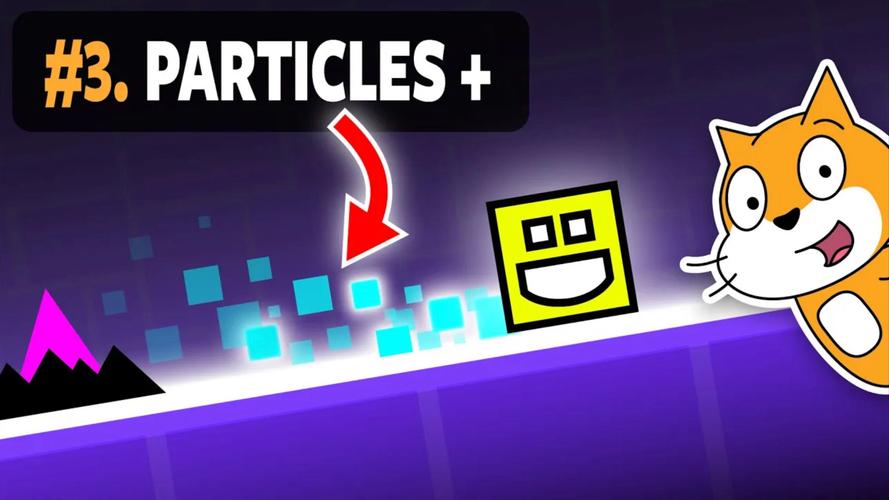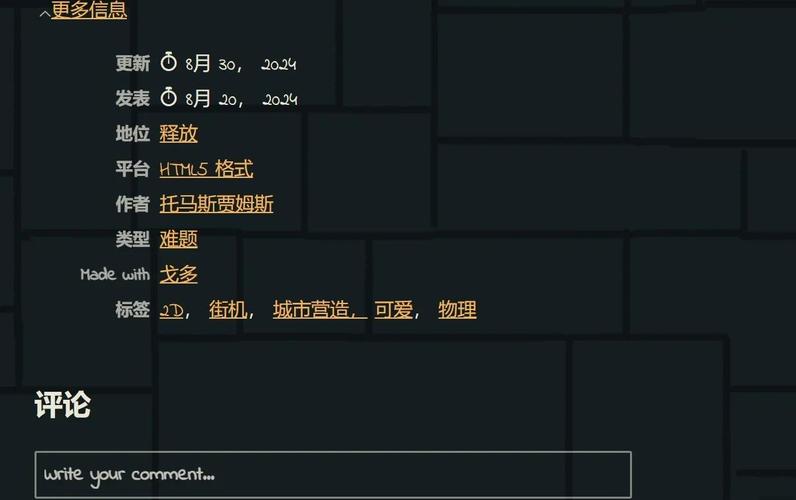
How to Make an Online Game: A Comprehensive Guide
Creating an online game can be an exciting and rewarding endeavor. Whether you’re a seasoned developer or a beginner with a passion for gaming, this guide will walk you through the process of making an online game. From conceptualizing your game to launching it, we’ll cover all the essential steps.
1. Conceptualize Your Game
Before you start coding, it’s crucial to have a clear idea of what your game will be about. Consider the following questions:

- What is the genre of your game? (e.g., RPG, FPS, puzzle)
- What is the story or theme of your game?
- Who is your target audience?
- What are the core gameplay mechanics?
Once you have a solid concept, you can start sketching out your game’s design document. This document should outline the game’s mechanics, story, characters, and other key elements.
2. Choose the Right Tools and Platforms
Selecting the right tools and platforms is essential for a successful game development process. Here are some popular options:
| Tool/Platform | Description |
|---|---|
| Unity | A popular game development engine that supports 2D and 3D game creation. |
| Unreal Engine | Another powerful game development engine known for its realistic graphics and physics. |
| Godot | An open-source game development engine that is free to use and has a strong community. |
| GameMaker Studio | A user-friendly game development tool suitable for both beginners and experienced developers. |
When choosing a platform, consider whether you want to develop for PC, mobile, or console. Each platform has its own set of requirements and limitations.
3. Learn the Basics of Game Development
Before diving into the development process, it’s important to have a solid understanding of the basics of game development. Here are some key concepts to familiarize yourself with:

- Programming languages: C, C++, Python, etc.
- Game engines: Unity, Unreal Engine, Godot, etc.
- Graphics and animation: Blender, Photoshop, Maya, etc.
- Sound design: Audacity, FMOD, Wwise, etc.
There are numerous online resources, tutorials, and courses available to help you learn these skills. Some popular options include:
- Udemy
- Coursera
- Codecademy
- YouTube
4. Design Your Game’s Assets
Your game’s assets are the building blocks of your game. This includes everything from characters and environments to UI elements and sound effects. Here’s how to design your game’s assets:
- Characters: Create character models, animations, and textures.
- Environments: Design and model your game’s environments.
- UI: Create user interface elements such as buttons, menus, and health bars.
- Sound: Record and edit sound effects and music.
There are various tools and software available to help you create these assets, such as:
- Blender: 3D modeling and animation
- Photoshop: 2D art and design
- Audacity: Audio editing
5. Implement Game Mechanics
Once you have your assets ready, it’s time to implement the game mechanics. This involves coding the rules and interactions that make your game fun and engaging. Here are some key aspects to consider:
- Physics: Implementing gravity, collision detection, and other physical interactions.
- AI: Programming the behavior of non-player characters (NPCs).
- Gameplay: Coding the core gameplay mechanics, such as puzzles, combat, and




